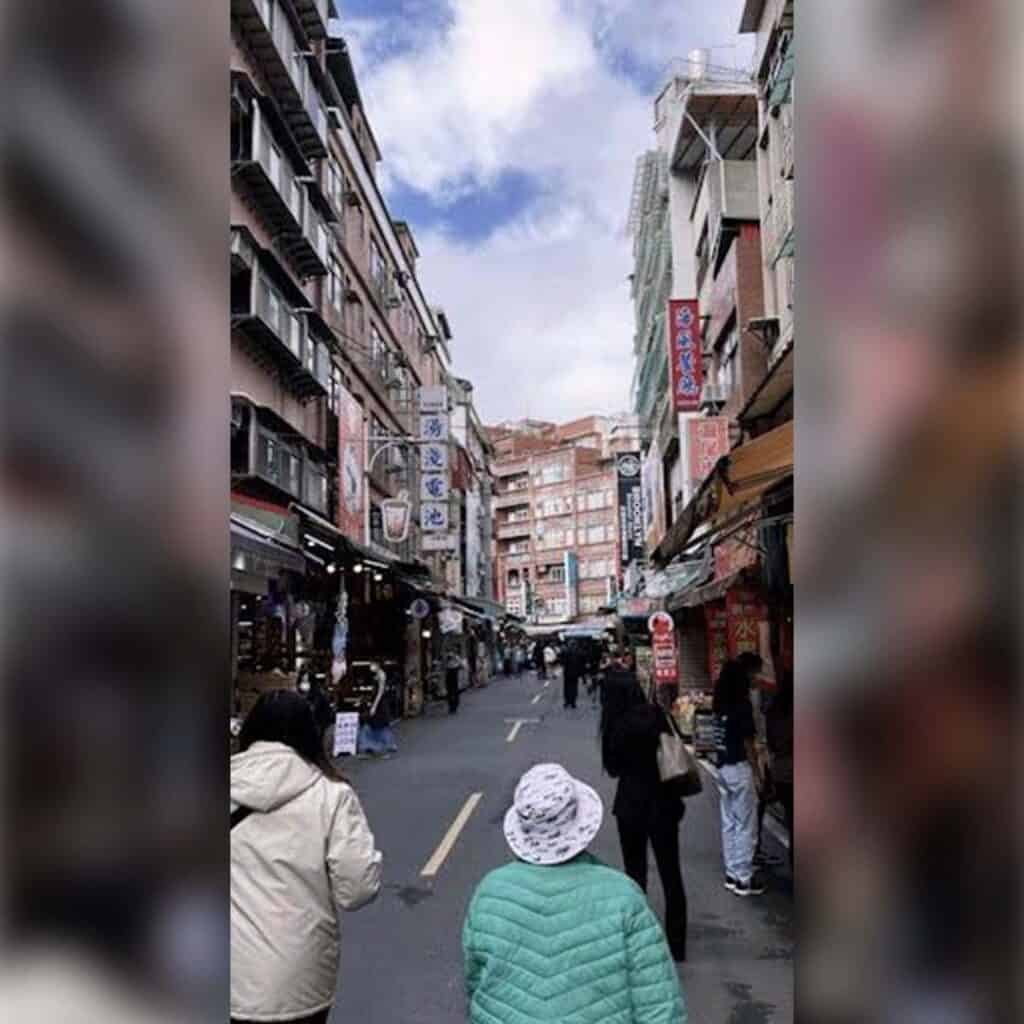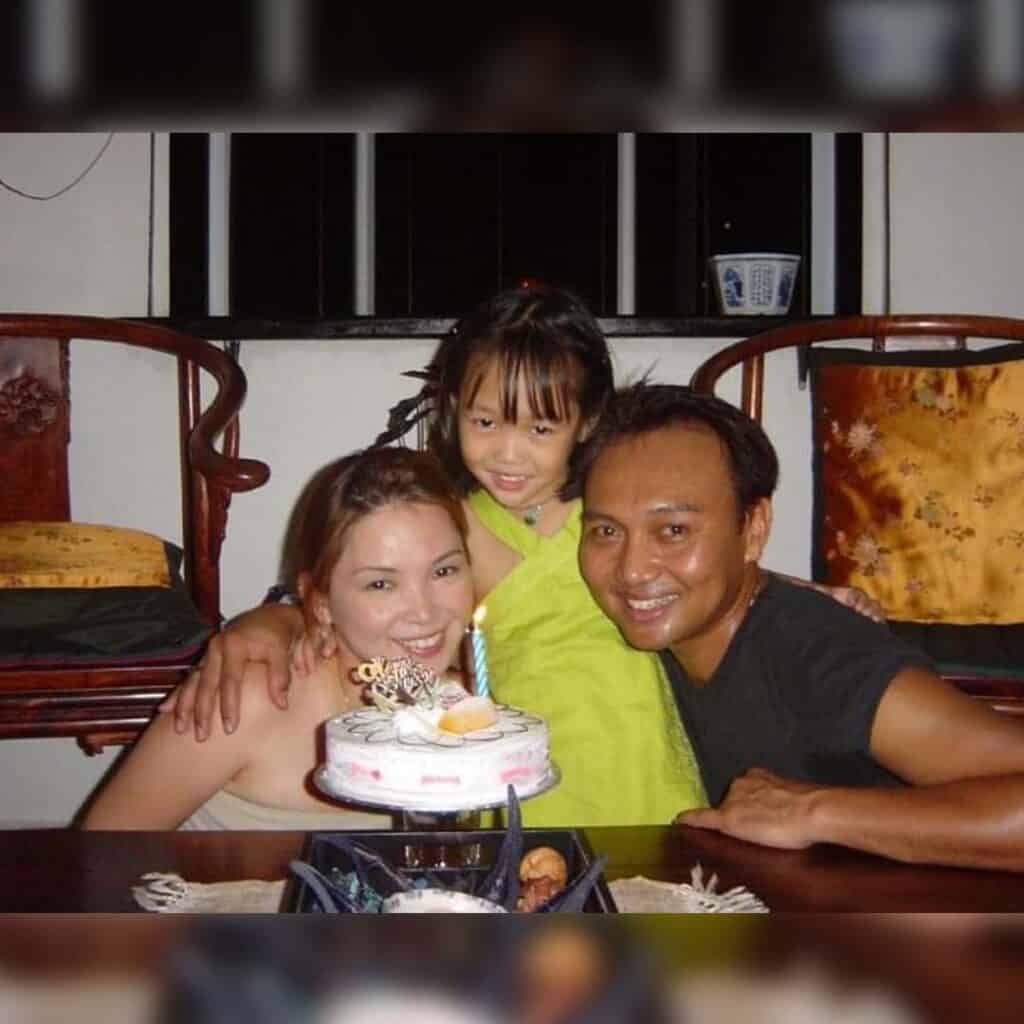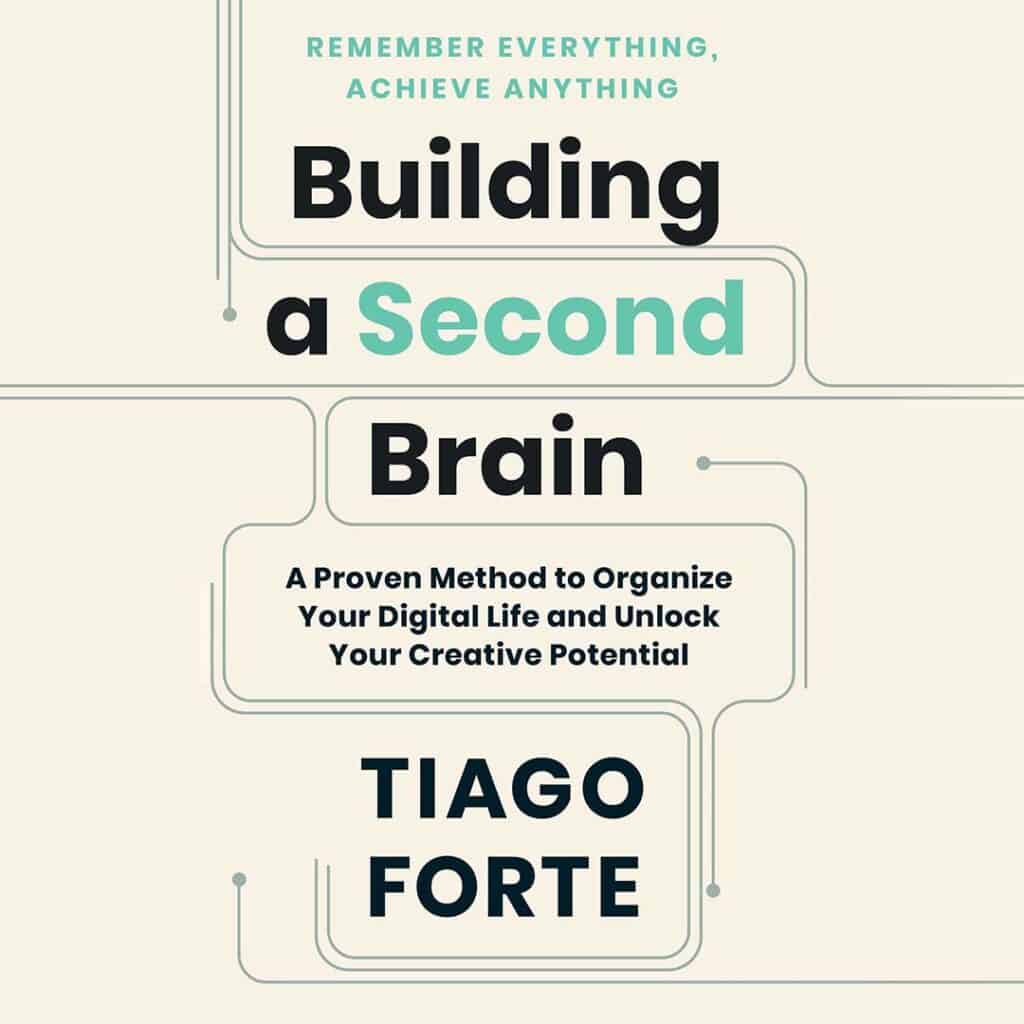Preserving Travel Memories
Stephanie Loh (Admin & Outreach Manager)
Just came back from my trip to Taiwan – amazing weather, food and culture.
Am proud to say that during the trip, I made it a point to ‘live in the moment’ and not to focus only on snapping pictures/videos everywhere I went – I always found it tough to balance between the two, as photos/videos can serve as a memory to look back on, but ironically, in the midst of doing that, we miss out on the opportunity to really live in the present time.
Here’s one of the few picture(s) I took during my trip – taken at Tamsui.
The Antique Emperor-Styled Chairs
Natasha Fawzi (Dancer)
I like to associate my memories to tangible things like objects. It is my way of preserving the memory and it acts as entry point for me to relive those memories whenever I want to. At home, my family and I have been keeping a pair of antique emperor style chairs for years and we refused to throw them away every time we moved house. Those chairs have created a lot of memories for us. One of my most memorable ones is when my great grandfather saw our chairs and immediately fell in love with them. When he finally got the chance to sit on one, he had the widest smile on his face and seemed so proud to be able to sit on that chair. He even called my father “towkay” which means ‘boss’ in Hokkien. Seeing him react in that manner made me realise that he might have gone through a lot of hardship in the past so the simple act of sitting in such a chair might have felt like a treat to him. I do not think I will ever be able to throw those chairs away as they hold too much sentimental value. Throwing them away feels like throwing the memories away to me as I am afraid that I will forget them. Memories are extremely valuable as they shape who we are as a person and influence the decisions we make. Having a way to preserve my memories helps me remember what I have experienced, how I got to where I currently am in life and who I am today.
My Own Lost Worlds
Shearerlyn Mok (Admin & Outreach Executive)
I recently came across American cartoonist Lynda Barry’s semi-autobiographical work One! Hundred! Demons! and I really like it. In 17 vignettes, she paints the ‘demons’ of her youth, one of them (Lost Worlds) addressing the lost memories of childhood. She recounts memories of playing games of kick-ball with her friends on the streets, the good and ugly, and how over time, these moments unknowingly turn into memories and into the forgotten. The way she tied those memories to her environment, the little details in her neighbourhood that made up her childhood, got me thinking about my own childhood in my neighbourhood.
It’s only in recent years that I realised how much and how quickly my neighbourhood is evolving and developing. It always takes me some time to recall the feeling of going to the cinema with my friends after school, tucking into the sailboat in the middle of the library with my favourite book or going for music classes with my best friend, because these spaces that once held my memories have disappeared. Fields exchanged for buildings, malls redeveloped, trees sacrificed for bridges; spaces that made up my childhood no longer exist. I know that memories aren’t meant to be permanent, but for me, their associated spaces and objects tie them to reality. Then again, much of reality is beyond our control, and I guess what I can do is just to remember in different ways. Like Lynda Barry, every time I drop by a memory either by my own or with others, it’s always a pleasant surprise, and I’m just happy to have played in that lost world.
Read One! Hundred! Demons! By Lynda Barry!!
https://www.amazon.sg/One-Hundred-Demons-Lynda-Barry/dp/1770462775
Insufficient Storage Available
Matthew Goh (Dancer)
Can our brains possibly store mass amounts of information at once? Even so, is it possible to retrieve information accurately?
I’m no machine, and my mind has a limited storage capacity. But, when it collaborates with my Google Drive. My Brain goes overdrive by 100 GB.
Inspired by Tiago Forte’s Building a Second Brain, I attempted to archive and organise almost every idea and thought into this Digital Cloud Storage. It’s still a work in progress, but it’s hopeful. Ideally, when my creativity is in a rut. I can always refer to the Clouds for the answers.
Curious about the process of Building a Second Brain?
Here’s the link to his book.






